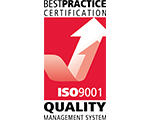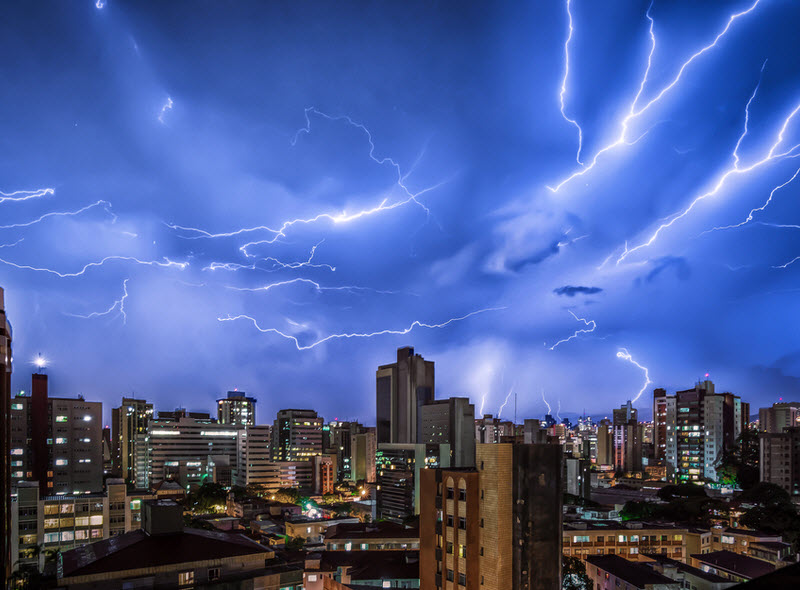
Extreme climate is making a mark around the globe, and while it may not initially spring to mind, climate can also play havoc with your waterproofing solution. It may affect its effectiveness and quality and, if undetected, ultimately your building’s structural integrity… and value.
There are several ways in which climate can affect your waterproofing, from installation issues to environmental damage and impact on membrane longevity.
At Danrae Group, we are skilled across strata, construction, civil, commercial and government projects, so we understand climate impact and best options for a robust and long-term waterproofing solution.
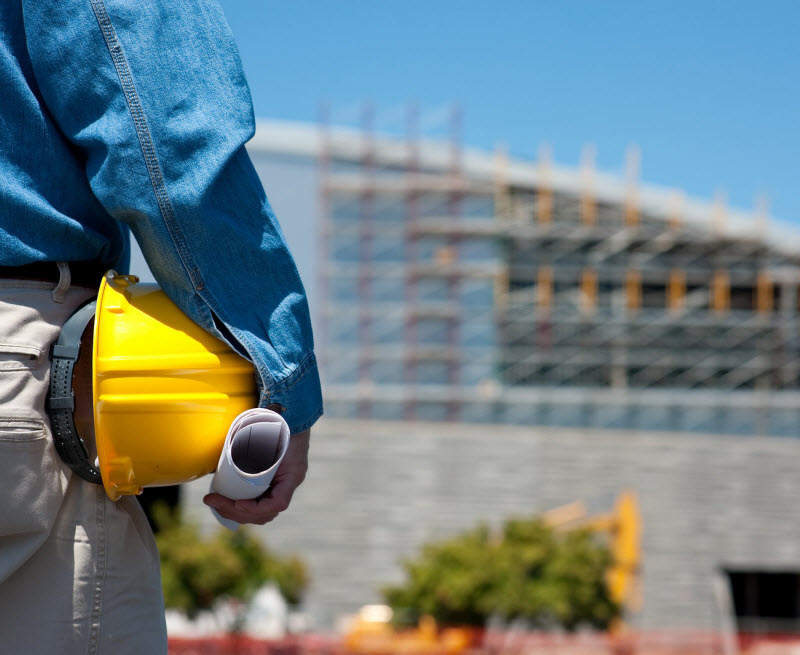
Climate considerations for solution design
A waterproofing membrane is just one part of a system that effectively creates a watertight seal in the installation area. It can sit between a primer, flashing and other protective layers, and work in tandem with elements such as drainage design and plumbing.
With a variety of membrane types – liquid membranes include water-based, solvent-based, cement-based and bituminous-based; and sheet membranes include torch-on bitumen, PVC, Butynol or Peel and Stick – it’s important to understand the features that make them most suited to a project and property usage.
Polyurethane liquid membranes, for instance, are good for internal wet areas, balconies and basements. Sheet systems are best suited to flat roofs and are our preferred option for concrete substrates.
For all exposed areas, our team will consider UV resistance and other factors for increased performance as part of your waterproofing solution.
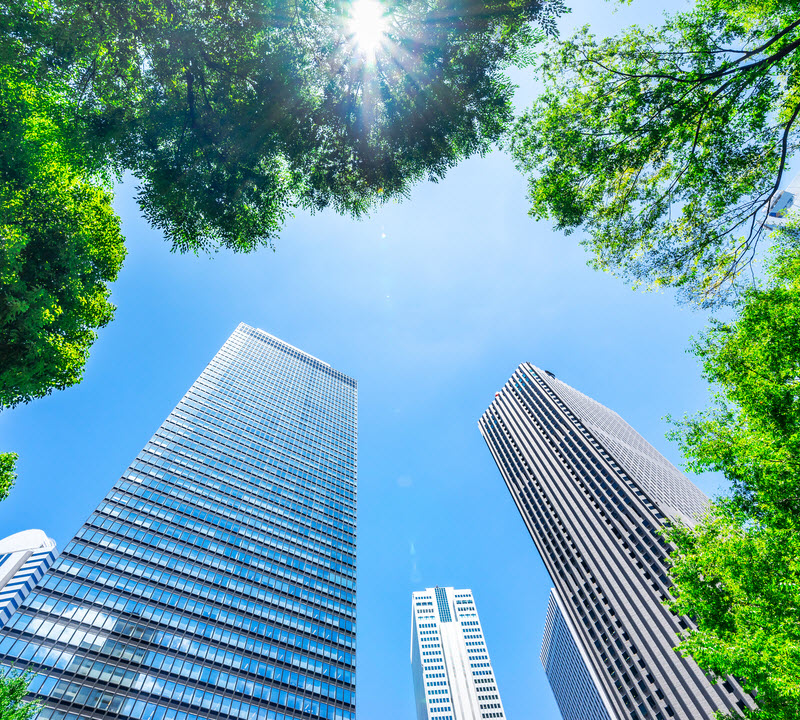
Environmental effects on waterproofing installation
During installation, it’s vital that membranes have enough time to dry correctly. Environmental factors that can adversely affect curing times – and lead to membrane failure – include ambient temperature, substrate temperature, air flow, humidity and substrate moisture content.
Membrane manufacturers stipulate a curing time based on an ideal temperature, such as 20 degrees Celsius. We need to consider internal, external and substrate temperatures –which will be significantly lower than air temperatures – to determine optimum drying times.
Extreme heat and strong winds may dry upper layers too quickly, meaning the still wet interior layer is unable to adequately release moisture during the drying process. And we may need to take additional steps to dry membranes in enclosed areas such as basements with insufficient air flow.
High humidity is another issue, with excess moisture in the air hindering the release of moisture from within the membrane during the drying phase. And moisture content in substrates can impact installation, slowing down the curing rate of water-based membranes, and meaning we need additional vapour barriers for solvent-based membrane installations.
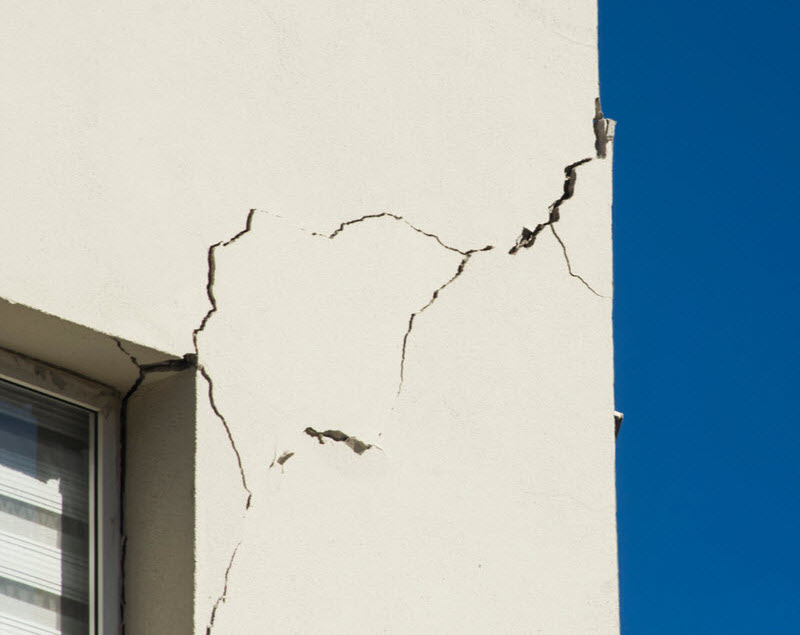
Extreme climate impact on membrane longevity
Detailed solution design is the best first step to ensure you have quality waterproofing. While our team can factor in your climate when we tailor your design, extreme weather may still leave a mark.
Wild storms can’t be predicted, but the damage can be mitigated if you have a sound solution design and if you monitor site condition with our preventative maintenance plans.
It’s important to remember that even the smallest crack or membrane tear will always worsen.
Many of the results – including mould, efflorescence and concrete spalling – don’t show themselves until there is already significant water ingress. And any damage will accelerate membrane deterioration.
With preventative maintenance, our team can locate and rectify problems at the earliest stages.
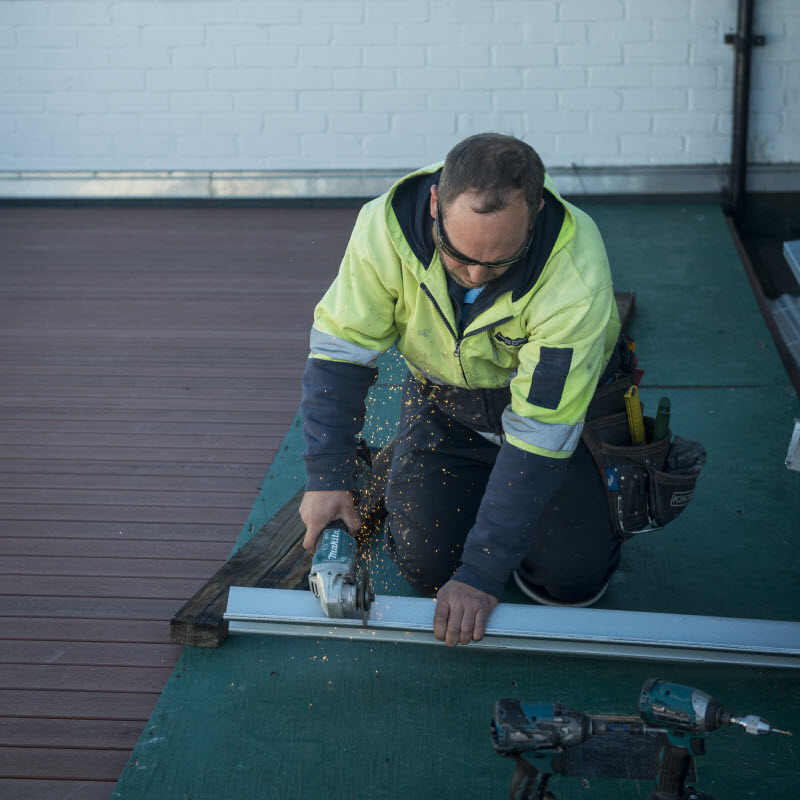
Expert waterproofing solutions for every climate
At Danrae Group, we have full capability in diagnostic, solution design, waterproofing, remediation and preventative maintenance. We’re experts in waterproofing solutions for all climate conditions.
We tailor every solution design to your property, location and environment. And with a specialist team of waterproofers trained to work with every brand and type of membrane – plus in-house builders, tilers and other trades specialists – we provide end-to-end waterproofing that lasts.
To protect your property with a comprehensive and compliant solution from the waterproofing experts, please contact us.










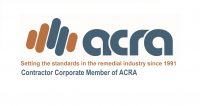

 1800 326 723
1800 326 723